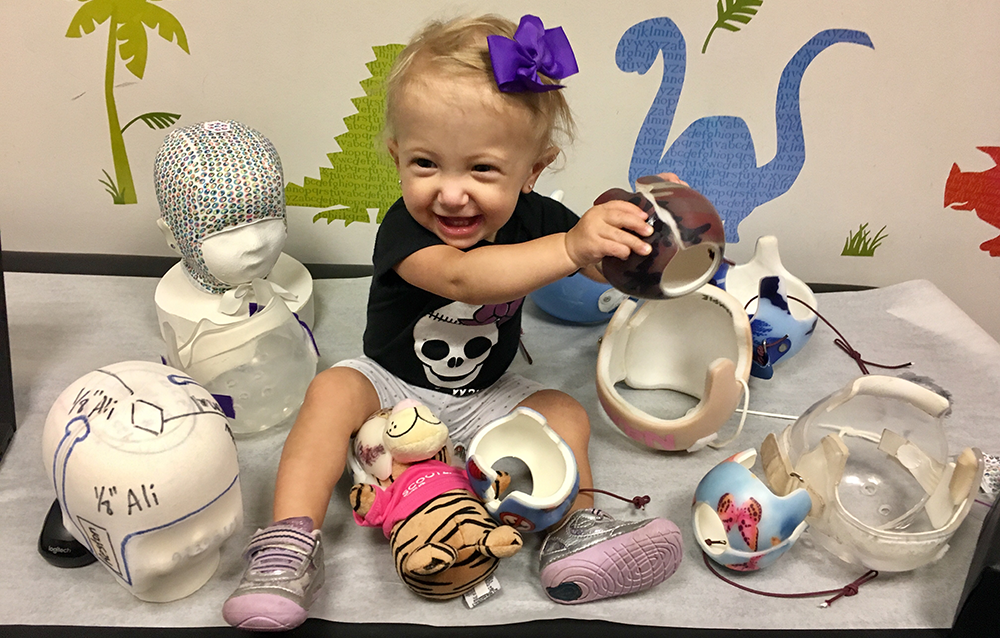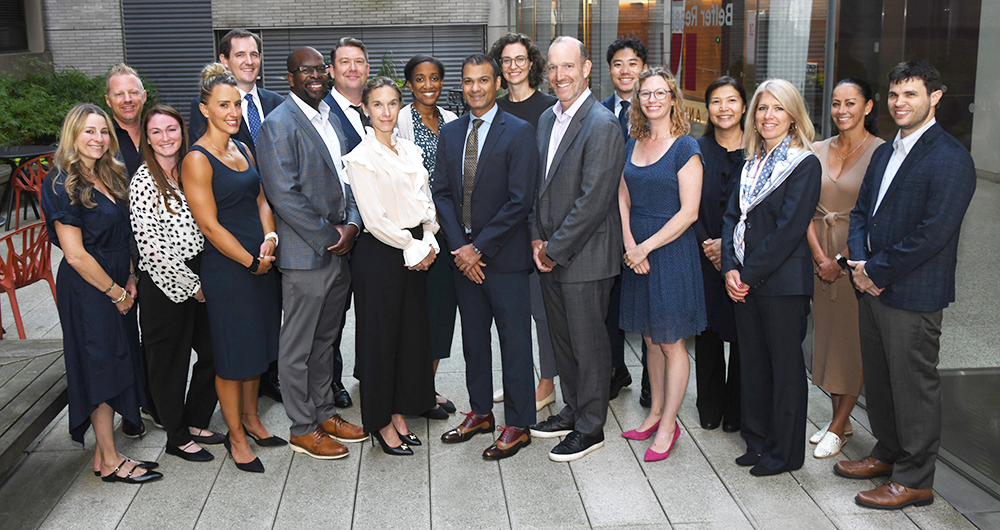
Surgery is the only treatment for craniosynostosis. There are several surgical options, including open surgery (called cranial vault remodeling) and endoscopic surgery (called suturectomy). It’s best to perform surgery at just a few weeks to a few months of age, since the skull bones are the softest and most malleable then. The craniofacial team that evaluates a child will recommend the best surgery based on which suture closed prematurely, the degree of deformity, and the age of the patient. For more information, read about surgery for craniosynostosis, including multi-suture and syndromic craniosynostosis, download our Parent's Guide, and watch the videos below.

A misshapen head in a baby may be the result of craniosynostosis, which is a deformity of the skull caused by premature fusion of growth plates of the skull, called sutures. Craniosynostosis occurs in one out of every 2,000 live births and is more common in boys than girls. Understand how an infant skull develops, what goes wrong in the condition known as craniosynostosis, and how we repair it. About Craniosynostosis >

A child who has endoscopic surgery for craniosynostosis has very little bone removed – the surgical team re-opens the closed suture, which allows the natural growth of the brain to expand the skull over the following months. To provide guidance as that happens, babies who have endoscopic surgery wear a helmet until about one year of age. Learn how helmets allow us to offer this minimally invasive surgical option. About helmet therapy >

Meet some of the patients who have been through surgery for craniosynostosis, with before and after photos. Patient stories >
Learn about Surgery for Multi-Suture Craniosynostosis and Craniosynostosis Syndromes
Learn about the Weill Cornell Medicine Cleft and Craniofacial Multidisciplinary Team

Weill Cornell Medicine's multidisciplinary craniofacial team